Rouget - 12 Variations on "La Marseillaise" - Piano Solo
 Instant Download
Instant Download
Details
Description
SKU: A0.973025
Composed by Francis Kayali. 20th Century,Concert,Contemporary. Score. 17 pages. Francis Kayali #5303589. Published by Francis Kayali (A0.973025).Composed in February 2020, Rouget is a set of 12 variations (or explorations) on the French national anthem, « La Marseillaise ». The title is a reference to the composer of the hymn, Rouget de Lisle (1760-1836). Since rouget also happens to be the name of a fish (the red mullet), the title also works as a jesting reference to Schubert, who, with his "Trout" quintet, composed a set of variations on a fish-related theme of his own. Textures characteristic of Schubert’s music (e.g., the Impromptu in B flat major Op. 142 No. 3) surface at various times throughout this set.
1. Anticipating that listeners would be quite familiar with it, I chose not to begin with the traditional, unadorned statement of the theme. Instead, it is introduced in the left hand, but a trill that increases in intensity soon covers it up, only fading out when there is a break in the music. Then, the first of many quotations appears, when the Marseillaise’s « entendez-vous dans nos campagnes » is commented on (or perhaps even put in doubt) by a quote from Queen’s "Bohemian Rhapsody": "is this just fantasy?" The narrative returns to "La Marseillaise," but skips directly to the chorus (« aux armes, citoyens… »). The chorus’s call to arms gives the first movement’s title, "all’arme," "to arms!" in Italian, which is the origin of the word "alarm" in both French and English. The movement is supposed to evoke the image of people being roused as well as a feeling of anxiety.
2. « Dans une tapisserie fanée » ("in a faded tapestry") evokes a neo-medieval mood, with a quotation of the pavane « Belle qui tiens ma vie » by Thoineau Arbeau (1520-1595) and the first of several allusions in this set to the music of Debussy (in this case, « La cathédrale engloutie »).
3. « Cris du cœur et cris d’orfraie » ("heartfelt cries and outraged cries") presents warbles that go from being graceful to being more coarse. The movement also briefly quotes from the love song "Bésame mucho."
4. « Étincelant » ("sparkly") is the first virtuosic treatment of the theme, with angular runs marked by syncopated accents, and tremolos textures. At times, the music echoes that of Debussy or Ravel.
5. « Flânerie » ("stroll") evokes the somewhat bobbing gate of a person out on a walk. There’s a kind of simplicity and a mix between something elegant and the mildly popular and sentimental vein of novelty salon pieces from the early 1900s.
6. « Ping-pong » accentuates bounciness of the theme’s march rhythm. Its descending melodic direction presages the mirror inversion in the upcoming eighth variation. The sound suggests two balls bouncing slightly out of synch. The short movement’s relation to the theme remains very abstract until the last few measures reestablish the connection clearly.
7. "Zum roten Igel" ("at the red hedgehog" or « Au hérisson rouge » in French) is the name of a restaurant Brahms visited daily. This movement stitches together several characteristic Brahmsian gestures, ending with the quotation of an infamously technical passage from Brahms’s "Variations on a theme by Paganini," which involves a series of octave glissandos.
8. « Miroir » ("mirror") is a setting of the chromatic mirror inversion of the theme: when the original melody goes up by a half step, the mirrored melody goes down by half step instead, and so forth. The rhythm is generally kept, although it is given a gentler and more relaxed lilt than in the original march.
9. In « Monochromie » the theme is stated using just one note (much as in Jobim’s one-note samba). Since the rhythm is preserved, listeners familiar with the song can still follow without too much difficulty.
10. « Chants » superimposes « La Marseillaise » above the emblemati.
This product was created by a member of ArrangeMe, Hal Leonard’s global self-publishing community of independent composers, arrangers, and songwriters. ArrangeMe allows for the publication of unique arrangements of both popular titles and original compositions from a wide variety of voices and backgrounds.
Digital Downloads are downloadable sheet music files that can be viewed directly on your computer, tablet or mobile device. Once you download your digital sheet music, you can view and print it at home, school, or anywhere you want to make music, and you don’t have to be connected to the internet. Just purchase, download and play!
PLEASE NOTE: Your Digital Download will have a watermark at the bottom of each page that will include your name, purchase date and number of copies purchased. You are only authorized to print the number of copies that you have purchased. You may not digitally distribute or print more copies than purchased for use (i.e., you may not print or digitally distribute individual copies to friends or students).
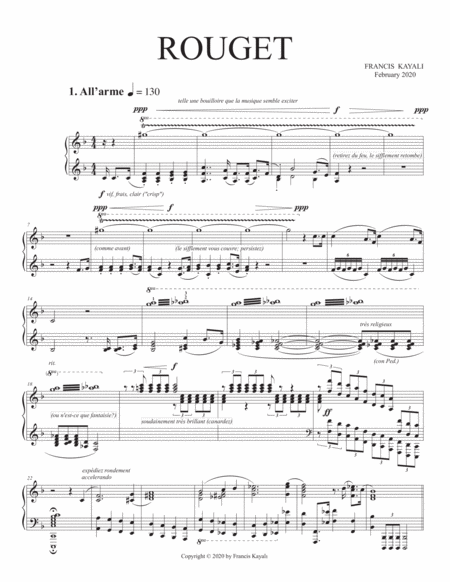
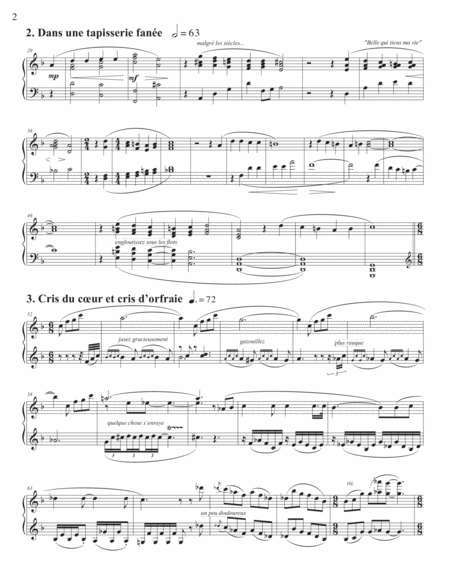
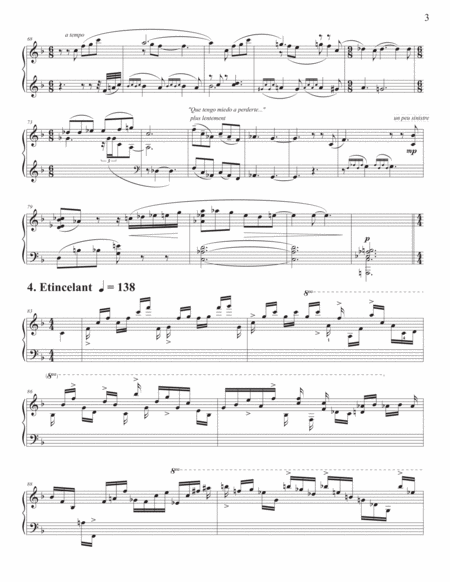
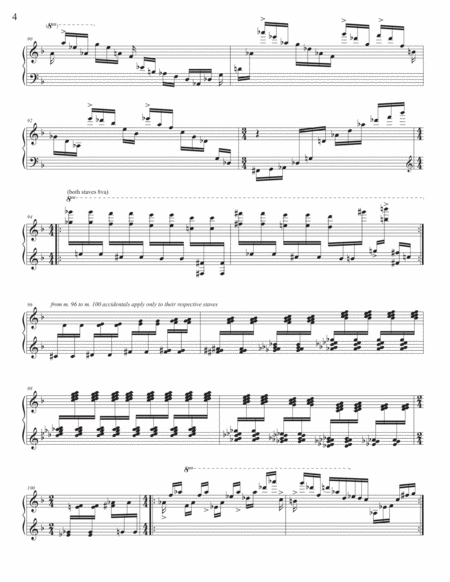
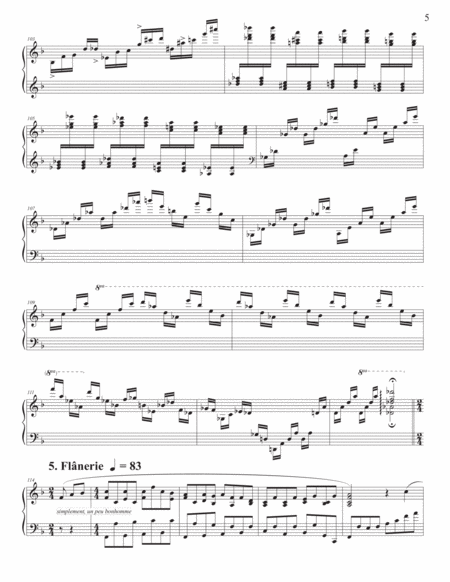
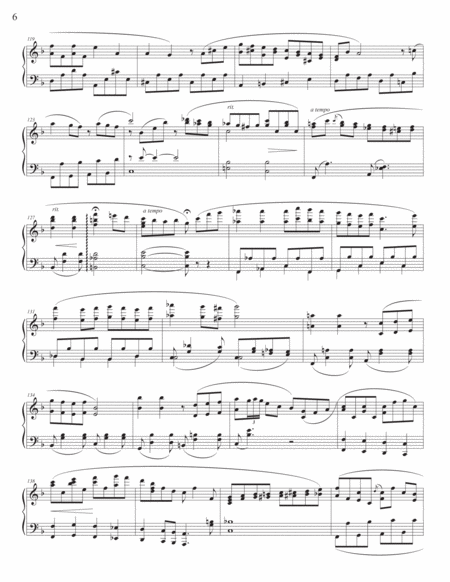
 Share
Share